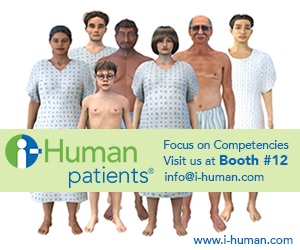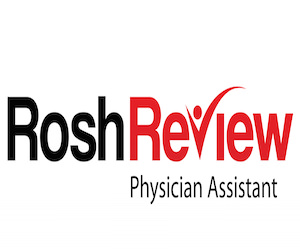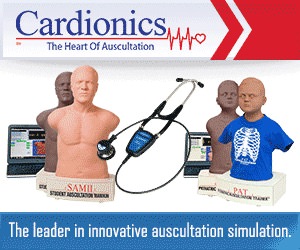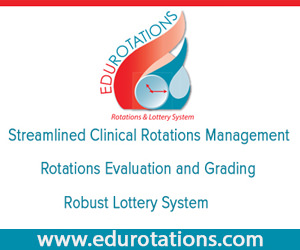Board Candidates
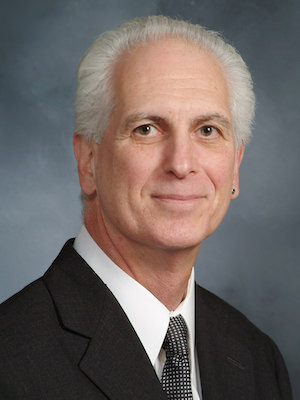
Harry Pomeranz, MSPH, PA-C
Director at Large Platform Statement
I respectfully declare my candidacy to represent you as director- at- large of PAEA. I am committed to PAEA’s mission and to our profession and would be honored to serve you in this role.
I have had the privilege of serving on the board of directors of PAEA as
director-at-large from 2014 to now. The experience has strengthened my commitment to our organization and has broadened my perspective on the issues that affect our profession.
The role of PAEA has evolved in response to the needs of the times, our patients and of our profession. The meteoric rise in the number of PA programs and significant changes in the delivery of health care will require us to harness our energies and respond effectively to these challenges. I believe that the following spheres are critical areas for us to focus on:
- Legislation and advocacy: PAs are developing more of a national presence in the discussion and shaping of health care delivery. Increasing our lobbying efforts and communication with legislators at all levels will strengthen us. We need to gather more data that supports our important role in health care delivery and publish our research. Coordinating our efforts with physicians, hospitals, communities and other stakeholders is a critical step.
- Clinical training: A critical issue facing many PA programs is the need for more clinical sites, especially in primary care. PAEA can play a major role by coordinating these efforts and offering support and guidance to new programs. We need to be creative, collaborative and tactical in our approach, utilizing national and state resources to increase opportunities for our students and improve the care of our patients.
- Faculty development: PAEA has been very active in training new and experienced faculty members and is increasing its efforts in response to the emerging needs of new faculty and new programs.
- Diversity: There is a growing need to diversify our profession as a means to improve the educational process for all students and to improve the care for all of our patients. Individual PA programs and institutions should develop specific goals for diversity that are reflected in their mission statements and according to the needs of the communities they serve.
I hope to have the privilege to represent you on the Board of Directors as our profession and association continue to grow.
Responses to Association Questions
- What characterizes a high-performing Board member and which of those attributes do you posses that would provide strong contributions to the PAEA board?
An outstanding member of the BOD needs to possess a combination of personal attributes and a broad vision. The attributes include a collaborative approach and focused listening, with a perspective on how the issues discussed affect present and future needs of the organization and the profession. Constructive feedback and opposing viewpoints are important to voice and are useful in reaching a consensus. Reflection, foresight and scanning the internal and external environments are necessary to develop long term strategies. Self-education, preparation and a willingness to learn from others aid in identifying the central issues and developing a coherent strategy. I have had experiences that helped me to develop some of these attributes, both on the BOD and at the committee level. I have served on 2 committees and chaired the Committee on Diversity and Inclusion. These roles provided me with opportunities to collaborate with the committee members, chairs and the board. I can appreciate what the councils can offer and how they fit into the larger picture. As director at large on the BOD, I developed a broader strategic perspective as we struggled with challenges and opportunities that arose from different arenas. My understanding of the various issues and concerns has been heightened as I had the privilege of learning to reflect on and adapt our strategic plans and develop better resources for our members. - If PAEA’s entire budget was represented by $100, what amount of money would you invest in products & services that benefit individual programs (e.g., exams, workshops), and what amount would you invest in initiatives that benefit the field as a whole (e.g., advocacy, legislation)? Please provide rationale for your response.
PAEA’s investment of its funds should be adaptable to the changing needs of the membership and the issues that affect our profession. Our needs at present center on the large number of new programs, necessitating increased needs for faculty development, Therefore, I suggest that 70% of the budget be allocated to support individual programs’ needs to insure the quality of PA training. This support can include subsidizing faculty training workshops and developing and disseminating additional resources and expertise that would support the newer programs and faculty members. As a national organization, we should evaluate and benchmark innovative approaches and resources, including simulation and other technological tools, that can improve our pedagogy and enhance the learning outcomes.
As we advocate for faculty and program development, we need to be mindful of the external environment, including the political, economic, and legal issues that can affect the PA profession, and advocate for the profession on the national level. The profession requires strong legislation and political support in creating the regulatory and financial framework to cement our place in health care and set us up for future growth. We should develop more external partnerships and a stronger base of support among physician groups, patients, hospitals and community organizations. This area of advocacy may require more than 30% of the budget at times and I would plan to have some funds in reserve from which we could draw as immediate issues arise.
- What are some of the most important unanswered questions relating to the clinical rotation site shortage that the Board needs to address?
The clinical training of PA students has become increasingly difficult.
Challenges such as competition for sites, payments for preceptors, pressure on clinicians to see increasing numbers of patients resulting in less time to teach impede the ability to provide the excellent clinical training our students deserve. In addition, there is a question of whether the apprenticeship model is still the optimal method of training health providers.
We do not know if some of the other modalities, including simulations, can effectively supplement some of the hands-on training. Can clearing-houses of clinical sites that are shared be a useful approach in some areas? Can interdisciplinary teams be an efficient model of clinical training? Should clinical training be competency-based and focus on entrustable professional activities rather than time? Is longitudinal training, where students remain at a site for several months a useful model?
With the reorganization of the delivery of health care, and the increased focus on health and prevention, this challenge also creates an opportunity to re-evaluate how we can best train our students for the future and take a leadership role in medical education.
- What are the three most important emerging trends in health care and health care education that will affect PA education in the coming decade?
One major trend is the pursuit, by patients and providers, for approaches to health care that enhance health and improve the quality of life. Our students also need to be well versed in patient education, disease prevention, behavioral medicine, and the social determinants of health, since these are the major factors that impact health and disease.
Another trend is the growing diversity of the national population and the need to be able to work with patients from various backgrounds and health beliefs. Communication skills and cultural humility are key in forming productive relationships with patients and communities. Employers are seeking PA graduates with maturity and emotional intelligence, who can respond to the broad needs of patients.,/p>
A third concern includes the management of chronic diseases, a major focus of health care delivery at this time and in the foreseeable future. The PA curriculum should prepare our graduates to manage chronic diseases with an interdisciplinary approach, armed with the necessary knowledge and skills to be effective team members and leaders.



